Home>Storage Ideas>Kitchen Storage>How To Keep A Kitchen Warm Without Heating: 11 Expert Tips
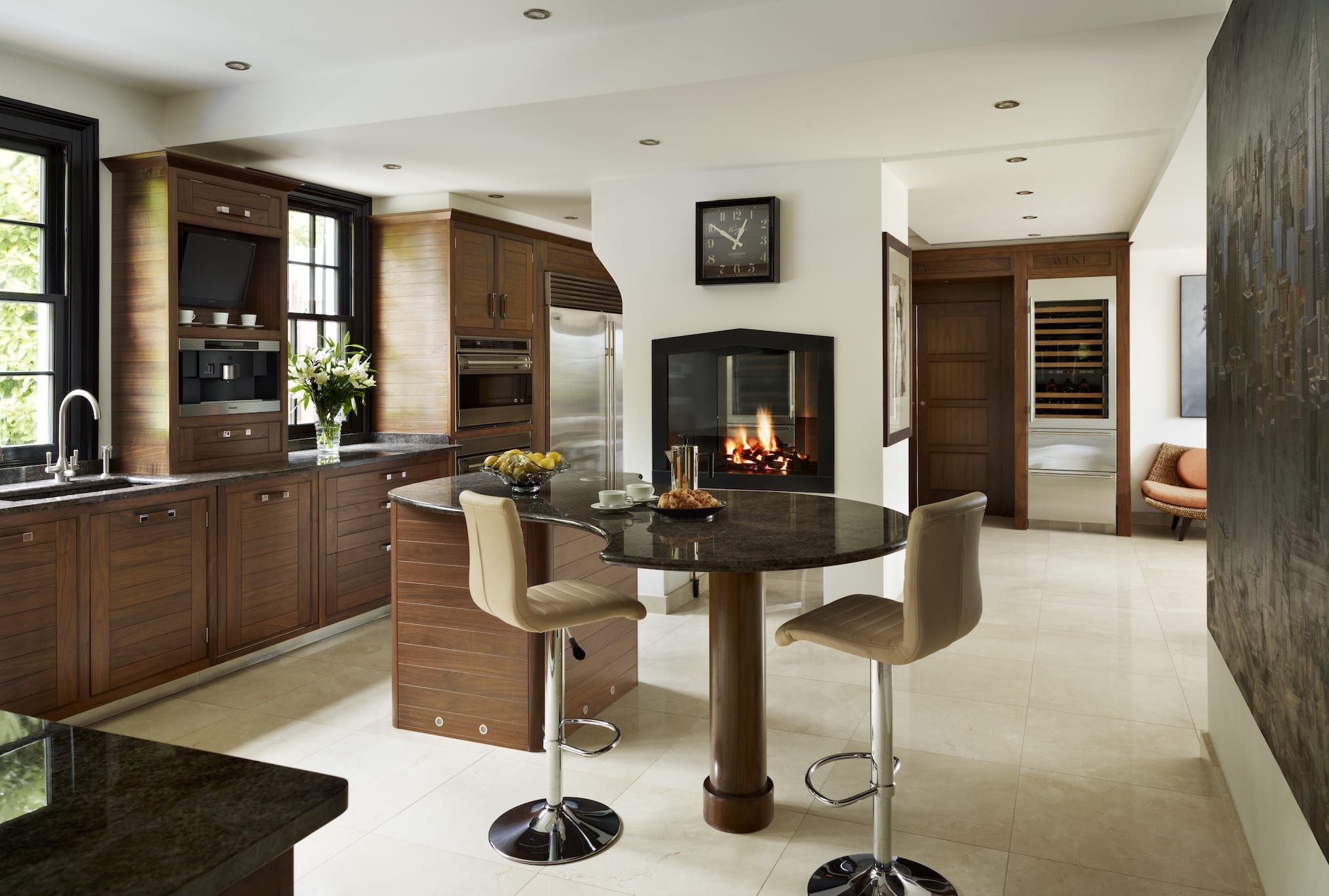

Kitchen Storage
How To Keep A Kitchen Warm Without Heating: 11 Expert Tips
Modified: February 23, 2024
Discover 11 expert tips to keep your kitchen warm without heating. Explore innovative kitchen storage ideas for a cozy and efficient space.
(Many of the links in this article redirect to a specific reviewed product. Your purchase of these products through affiliate links helps to generate commission for Storables.com, at no extra cost. Learn more)
Introduction
When the weather turns chilly and the cold air starts to infiltrate your home, it can be quite uncomfortable, especially in the kitchen. However, there are ways to keep your kitchen warm without relying solely on heating systems. In this article, we will explore 11 expert tips that can help you create a cozy and inviting kitchen space, even without traditional heating methods.
Whether you’re looking to save on energy costs, reduce your carbon footprint, or simply add a touch of warmth to your kitchen, these tips are designed to be effective and practical. From insulation to clever utilization of existing heat sources, you’ll discover a range of solutions that can make a noticeable difference in keeping your kitchen warm.
So, let’s dive in and explore these smart kitchen-warming ideas that will make your time spent cooking, entertaining, and gathering with loved ones a comfortable and enjoyable experience.
Key Takeaways:
- Keep your kitchen warm without cranking up the heating by insulating, using heavy curtains, and cooking more often. These practical and cozy tips will create a comfortable and inviting kitchen space.
- Enhance your kitchen’s warmth with door draft stoppers, rugs, and reflective panels behind radiators. Embrace the cozy ambiance created by tea lights and candles, and enjoy the flexibility of portable heating options.
Read more: How To Keep A Bedroom Warm Without Heating
Insulate Your Kitchen
Proper insulation is key to keeping your kitchen warm during colder months. Insulation helps to retain heat and prevent drafts from entering your kitchen, creating a barrier between the inside and outside temperatures.
Start by inspecting your kitchen for any gaps or cracks in windows, doors, or walls. Seal any openings with caulk or weatherstripping to prevent cold air from seeping in. Pay special attention to areas around pipes and electrical outlets, as these are common entry points for drafts.
In addition to sealing gaps, consider adding insulation to your kitchen walls and ceilings. This can be done by installing insulation batts or rolls, which come in various materials such as fiberglass, rockwool, or cellulose. Insulating your kitchen will not only keep it warmer but also help to reduce sound transmission from adjacent rooms.
Don’t forget about the floors, as they can be a significant source of heat loss. Consider installing carpeting or adding rugs to provide an extra layer of insulation. This will not only keep your feet warm but also help to trap heat and prevent it from escaping through the floor.
Overall, insulating your kitchen is an effective and long-term solution for keeping the space warm. It not only helps to maintain a comfortable temperature but also provides energy efficiency benefits by reducing heat loss and minimizing the need for additional heating.
Use Heavy Curtains or Thermal Blinds
Another effective way to keep your kitchen warm without relying on heating systems is to use heavy curtains or thermal blinds on your windows. These window coverings act as an additional layer of insulation, helping to keep cold air out and warm air in.
Heavy curtains are made from thicker materials that provide better insulation compared to lighter fabrics. Look for curtains with a thermal lining, as they are specifically designed to trap heat and prevent drafts. When choosing curtains, opt for floor-length ones that cover the entire window to ensure maximum coverage and insulation.
If curtains aren’t your style, thermal blinds are a fantastic alternative. They are specially designed with thermal properties to regulate the temperature in a room. Thermal blinds have a reflective coating on the back, which helps to reflect heat back into the room, rather than letting it escape through the windows.
During the day, open the curtains or blinds to allow sunlight to enter the kitchen and naturally warm up the space. Then, as the temperature drops in the evening, close them to trap the heat inside. This simple step can have a significant impact on keeping your kitchen warm and cozy without relying on additional heating sources.
By utilizing heavy curtains or thermal blinds, you not only enhance the insulation of your kitchen but also add a touch of style and elegance to the space. So, consider upgrading your window coverings and experience the benefits of a warmer kitchen all year round.
Install Weatherstripping around Doors and Windows
One common source of cold drafts in the kitchen is gaps around doors and windows. These gaps allow cold air to seep into the room while letting warm air escape. Installing weatherstripping is an effective solution to seal these gaps and prevent unwanted drafts.
Start by inspecting the edges of your doors and windows for any visible gaps or cracks. Weatherstripping comes in various forms, including adhesive-backed foam tape, V-strip, and door sweeps. Choose the type that suits your needs and is appropriate for the size of the gaps you are sealing.
To install weatherstripping, begin by thoroughly cleaning the surfaces to ensure proper adhesion. Measure and cut the weatherstripping material to fit the length of the door or window frame, then apply it along the edges. Be sure to press firmly to ensure a secure seal.
Weatherstripping not only helps to keep your kitchen warm but also has the added benefit of reducing energy loss and improving energy efficiency. By preventing drafts, you’ll reduce the strain on your heating system and potentially lower your energy bills.
Regularly check the weatherstripping for any signs of wear or damage, as it may need to be replaced over time. Proper maintenance and upkeep will ensure its effectiveness in keeping your kitchen cozy and draft-free.
By installing weatherstripping around your doors and windows, you create a barrier against cold air infiltration, making your kitchen more comfortable and energy-efficient. Say goodbye to chilly drafts and hello to a warm and inviting kitchen space.
Utilize Door Draft Stoppers
One simple and budget-friendly solution to keep the cold air out of your kitchen is by using door draft stoppers. These handy devices are placed at the bottom of the door to block drafts and prevent heat from escaping.
Door draft stoppers, also known as draft excluders or door snakes, are typically made from fabric and filled with insulating materials such as foam or sand. They effectively seal the gap between the bottom of the door and the floor, preventing cold drafts from entering your kitchen.
To utilize door draft stoppers, measure the width of your door and cut the draft stopper to the appropriate length. Place it against the bottom of the door, ensuring a snug fit. The weight of the draft stopper will help keep it in place as the door opens and closes.
Door draft stoppers come in a variety of colors and patterns, allowing you to choose one that complements your kitchen decor. Not only do they serve a functional purpose, but they can also add a decorative touch to your space.
Using door draft stoppers not only helps to keep your kitchen warm but also reduces noise levels and prevents dust and insects from entering the room. They are a cost-effective and efficient way to block drafts and create a more comfortable environment.
So, say goodbye to chilly drafts sneaking under your kitchen door and hello to a cozy, draft-free space with the help of door draft stoppers.
Read more: How To Keep An Entryway Warm Without Heating
Make Use of Rugs and Mats
Adding rugs and mats to your kitchen floor not only provides comfort underfoot but also helps to insulate the space and keep it warm. Cold floors can make a significant impact on the overall temperature of your kitchen, so using rugs can help mitigate the chill.
Start by selecting rugs or mats that are designed for high-traffic areas and can withstand the demands of a kitchen environment. Opt for thick, heat-retaining materials such as wool or shaggy rugs that provide additional insulation. Place them strategically in areas where you spend the most time, such as in front of the stove, sink, or food preparation areas.
In addition to insulating the floor, rugs and mats also help to trap heat that rises from the room. This prevents the warm air from escaping, keeping your kitchen at a comfortable temperature for longer periods.
Aside from their practical benefits, rugs and mats also add a touch of style and personality to your kitchen space. Consider choosing colors and patterns that complement your existing decor, enhancing the overall aesthetics of the room.
Remember to regularly clean and maintain your rugs to ensure their effectiveness. Vacuuming them on a weekly basis and treating any spills or stains promptly will help to keep them looking and performing their best.
So, don’t let cold floors dampen your kitchen experience. Invest in quality rugs and mats to add warmth, insulation, and style to your kitchen, creating a cozy ambiance that you’ll enjoy spending time in.
Use heavy curtains to insulate windows and keep cold air out. This will help retain heat in the kitchen without the need for additional heating.
Use Portable Heating Options
When it comes to keeping your kitchen warm, portable heating options can be a game-changer. These versatile devices offer localized heat and allow you to focus warmth where it’s needed most.
A popular portable heating option for kitchens is a portable electric space heater. These heaters are compact, easy to use, and provide instant warmth. Look for models with adjustable thermostat settings and safety features such as automatic shut-off and tip-over protection. Place the heater in your kitchen, keeping it away from any potential hazards and ensuring proper ventilation.
Another portable heating option is a radiant electric heater. These heaters work by radiating heat directly to objects and people in the room, rather than just heating the air. This type of heater is particularly effective in smaller kitchens or areas where you spend a significant amount of time, like around your dining table or cooking station.
Alternatively, you can also consider using an infrared heating lamp. These lamps emit heat using infrared radiation and are often used in commercial kitchens. They are designed to keep food warm on serving counters, but they can also be utilized to add an extra source of heat to your kitchen.
When using portable heating options, it’s important to do so responsibly. Follow the manufacturer’s instructions, keep them away from flammable materials, and never leave them unattended. Remember, these devices are meant to supplement your existing heating system, not replace it.
By incorporating portable heating options into your kitchen, you can easily create a warm and cozy space without the need to crank up the central heating. Enjoy the flexibility and control these devices offer, as you can adjust the heat to your liking, maximizing comfort in your kitchen.
Cook and Bake More Often
One delicious way to keep your kitchen warm is by cooking and baking more often. The heat generated from your oven and stovetop can help to naturally warm up the space while providing tasty meals for you and your family.
When you cook or bake, the heat generated from the appliances will radiate into your kitchen, effectively raising the temperature. Plan meals that require longer cooking times, such as roasts or casseroles, as these dishes will generate more heat over an extended period.
Using your stovetop burners is another way to generate heat in the kitchen. Use this method for shorter cooking times, like sautéing or boiling water. Be sure to keep the lids on pots and pans while cooking to retain the heat and prevent it from escaping into the kitchen.
Baking is also an excellent way to warm up your kitchen while indulging in homemade treats. Preheat your oven before baking, and let it stay on for a while after you finish to continue radiating heat into the room. Not only will you enjoy delicious baked goods, but your kitchen will also stay warm and inviting.
Additionally, the aroma of cooking and baking fills the air, creating a cozy and comforting atmosphere. It’s a win-win situation – you get to enjoy scrumptious meals while keeping your kitchen warm and inviting.
Remember, cooking and baking may not be a long-term solution for heating your kitchen, but they can certainly play a role in creating a warm ambiance. So, dust off those recipe books, whip up some delightful dishes, and enjoy the added warmth that cooking and baking bring to your kitchen.
Keep the Oven Door Open after Baking
An often overlooked but effective way to keep your kitchen warm is by keeping the oven door open after you finish baking. By doing so, you allow the residual heat from the oven to escape into the kitchen, raising the overall temperature of the room.
After baking, turn off the oven and carefully open the door. Be mindful of any hot air or steam that may still be inside. Leave the door propped open slightly to allow the heat to circulate and warm up your kitchen. Keep in mind that safety is paramount, so ensure that the oven is safely positioned and out of reach of children or pets.
How long you leave the oven door open will depend on the ambient temperature of your kitchen and how warm you want it to be. Monitor the temperature, and when it starts to drop, you can close the door, allowing the residual heat to disperse naturally.
This method is particularly effective during colder months or when you’re frequently using the oven for baking. Not only does it provide an additional source of heat, but it also helps to extend the baking process, making your recipes turn out even better!
It’s important to note that this method should not replace other heating methods in your kitchen, but rather serve as a supplemental way to keep the space comfortably warm. Additionally, be mindful of any safety concerns and never leave the oven unattended or open for an extended period.
So, the next time you finish baking, take advantage of the residual heat and keep that oven door open to warm up your kitchen. Enjoy the cozy atmosphere and savor the delights that the oven creates!
Use Tea Lights or Candles for Additional Warmth
If you’re looking for a cozy and atmospheric way to add warmth to your kitchen, consider using tea lights or candles. These small yet mighty sources of heat can provide a gentle and ambient warmth to the space, creating a cozy environment for you to enjoy.
Place tea lights or candles strategically around your kitchen to generate localized warmth. For example, you can set them on a countertop, shelf, or table. Make sure to use proper holders or containers to prevent any accidents or damage from occurring.
The flickering flame of tea lights or candles adds a cozy and inviting visual element to your kitchen as well. The soft glow can create a warm and relaxing ambiance, perfect for intimate dinners or gatherings with loved ones.
Keep in mind that tea lights and candles should never be left unattended and should be placed in a safe and secure area, away from any flammable materials. Electric candles or flameless LED candles can also be a safe alternative if you prefer not to use real flames.
Be cautious of any scents or fragrances associated with candles or tea lights, as some people may be sensitive or have allergies. Opt for unscented varieties if you’re uncertain or prefer a more neutral aroma in your kitchen.
While tea lights and candles are not a primary heating method, they can provide an extra touch of warmth and ambiance to your kitchen. So, light up some candles, enjoy the cozy glow, and bask in the gentle warmth they bring to your space.
Place Reflective Panels behind Radiators
If you have radiators in your kitchen, one effective way to maximize their heat output is by placing reflective panels behind them. These panels help to reflect the heat back into the room, preventing it from being absorbed into the wall and increasing the overall warmth in your kitchen.
Reflective panels are typically made of materials such as aluminum foil or heat-reflective insulation. They are designed to fit behind the radiator, creating a barrier between the heating unit and the wall. The reflective surface of the panels prevents heat from being lost through the wall and instead directs it into the room.
Installing reflective panels is a simple and cost-effective solution. Start by measuring the space behind the radiator and cut the panel to the appropriate size. Attach it securely using adhesive or magnetic strips, ensuring that it sits snugly against the wall.
In addition to enhancing heat efficiency, reflective panels can also help to reduce heat loss through exterior walls, thereby increasing the overall effectiveness of your heating system. This can lead to energy savings and lower heating bills.
Keep in mind that it’s essential to clean the reflective panels regularly to maintain their effectiveness. Dust and grime buildup can reduce their ability to reflect heat efficiently. Simply wipe them down periodically with a damp cloth to ensure optimal performance.
By using reflective panels behind radiators, you can make the most of your heating system and increase the warmth in your kitchen. Enjoy a cozier and more enjoyable cooking and dining experience, all while reducing energy waste.
Use Space Heaters or Radiators
If you’re looking for a dedicated heating solution for your kitchen, consider using space heaters or radiators. These appliances are designed to provide targeted warmth, allowing you to control the temperature in your kitchen precisely.
Space heaters come in various types, including electric, ceramic, and oil-filled heaters. Electric space heaters are the most common and are known for their quick heating capabilities. Ceramic heaters use ceramic elements to distribute heat, while oil-filled heaters provide a longer-lasting warmth due to the slow release of heat from the oil-filled reservoir.
Choose a space heater that suits your kitchen’s size and your specific needs. Look for models with adjustable thermostats, timers, and safety features such as tip-over protection. Position the space heater in a safe location, away from any flammable materials and where it can effectively warm up the space.
Radiators, on the other hand, are permanently installed heating systems that distribute heat via hot water or steam. Depending on your kitchen’s design, you can opt for freestanding radiators or wall-mounted ones. Radiators offer a consistent and even heat distribution, allowing you to maintain a comfortable temperature throughout the kitchen.
When using space heaters or radiators, it’s important to follow the manufacturer’s instructions and prioritize safety. Keep the appliances away from water sources, ensure proper ventilation, and never leave them unattended.
Using space heaters or radiators in your kitchen provides a reliable and customizable heating solution. They allow you to adjust the temperature to your desired level, ensuring that your kitchen is warm and comfortable for cooking, dining, and spending time with family and friends.
Remember, space heaters and radiators should complement the existing heating system in your home and not replace it. Always use them responsibly and maintain regular upkeep to ensure optimal performance.
With the proper use of space heaters or radiators, you can transform your kitchen into a cozy and welcoming space, even during the coldest days.
Frequently Asked Questions about How To Keep A Kitchen Warm Without Heating: 11 Expert Tips
Was this page helpful?
At Storables.com, we guarantee accurate and reliable information. Our content, validated by Expert Board Contributors, is crafted following stringent Editorial Policies. We're committed to providing you with well-researched, expert-backed insights for all your informational needs.
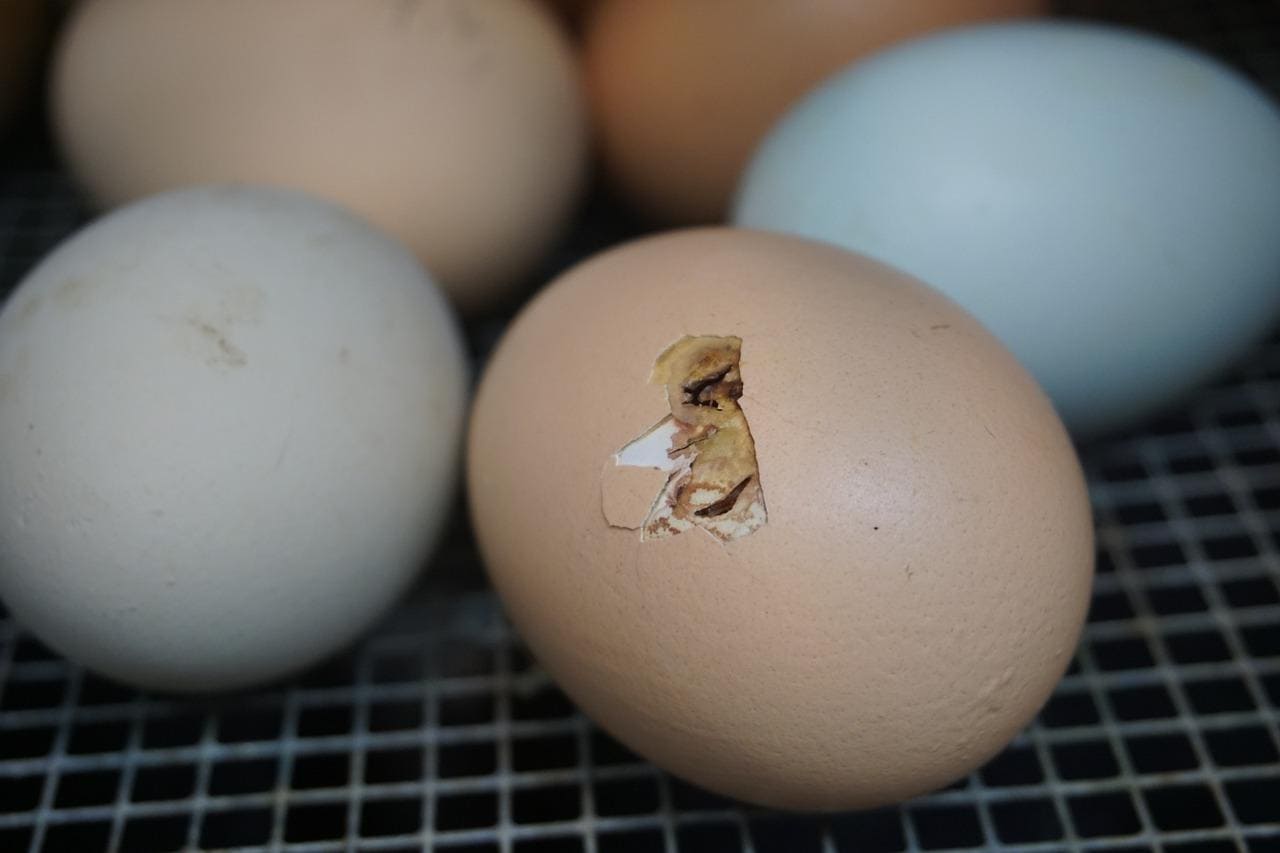
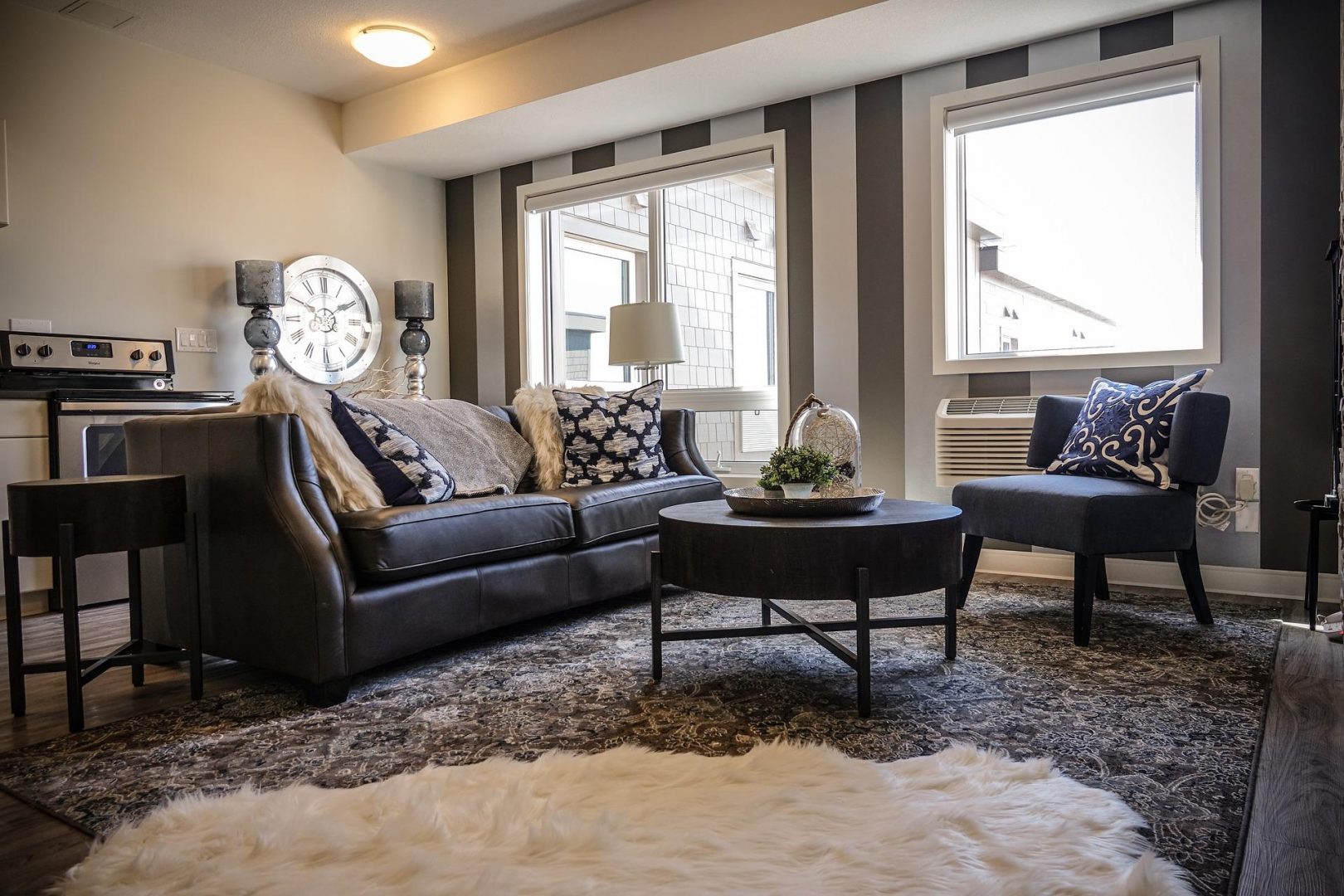
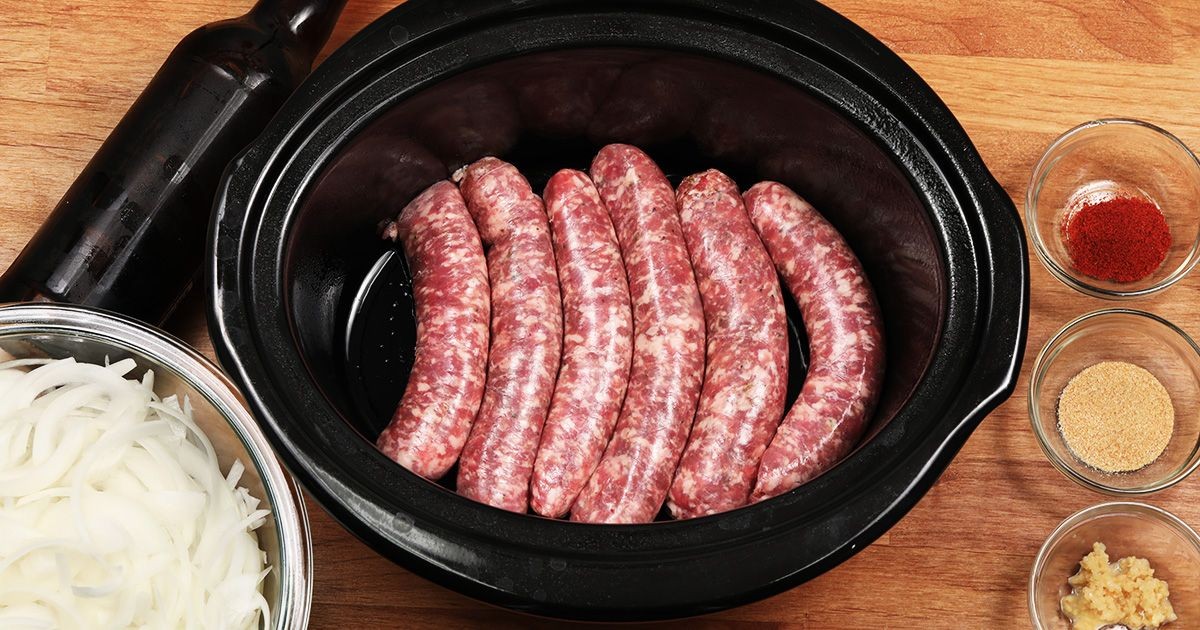
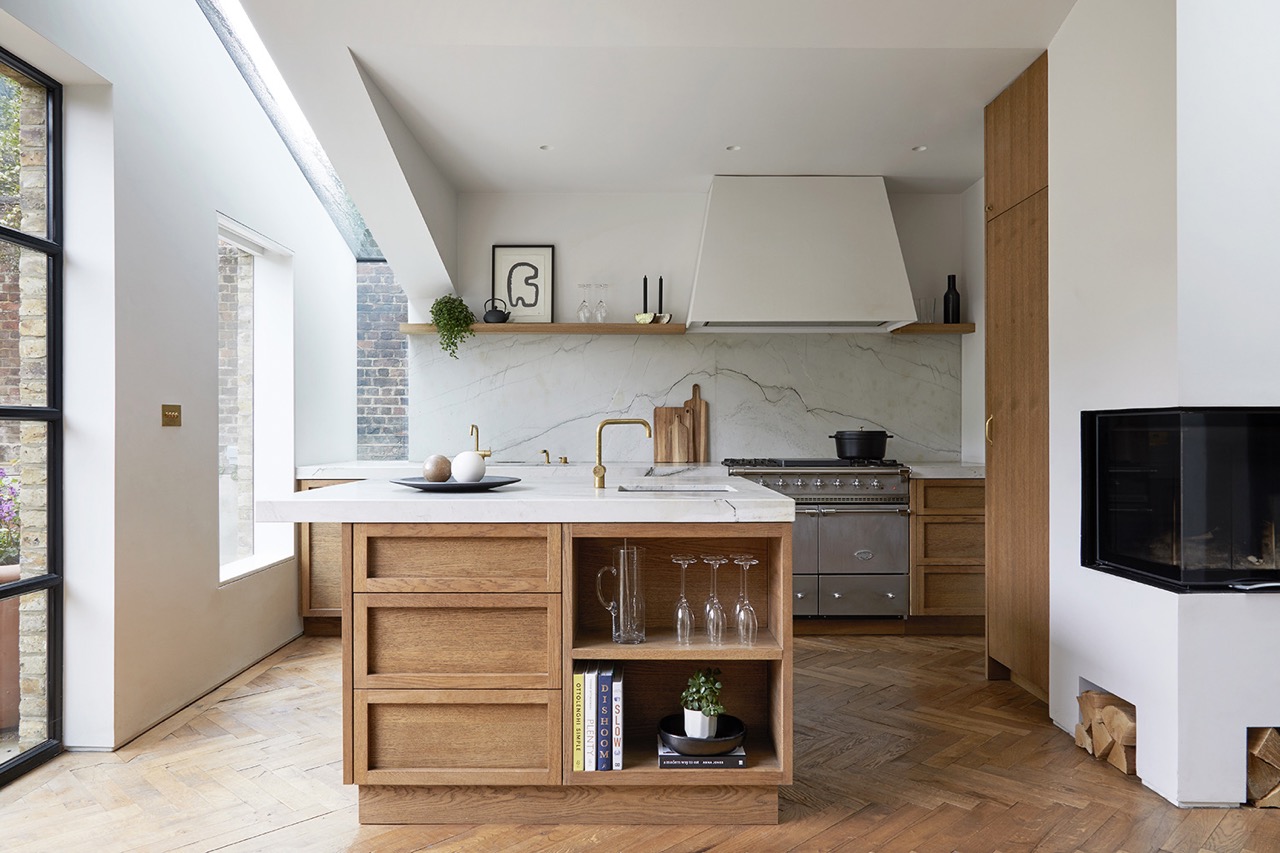
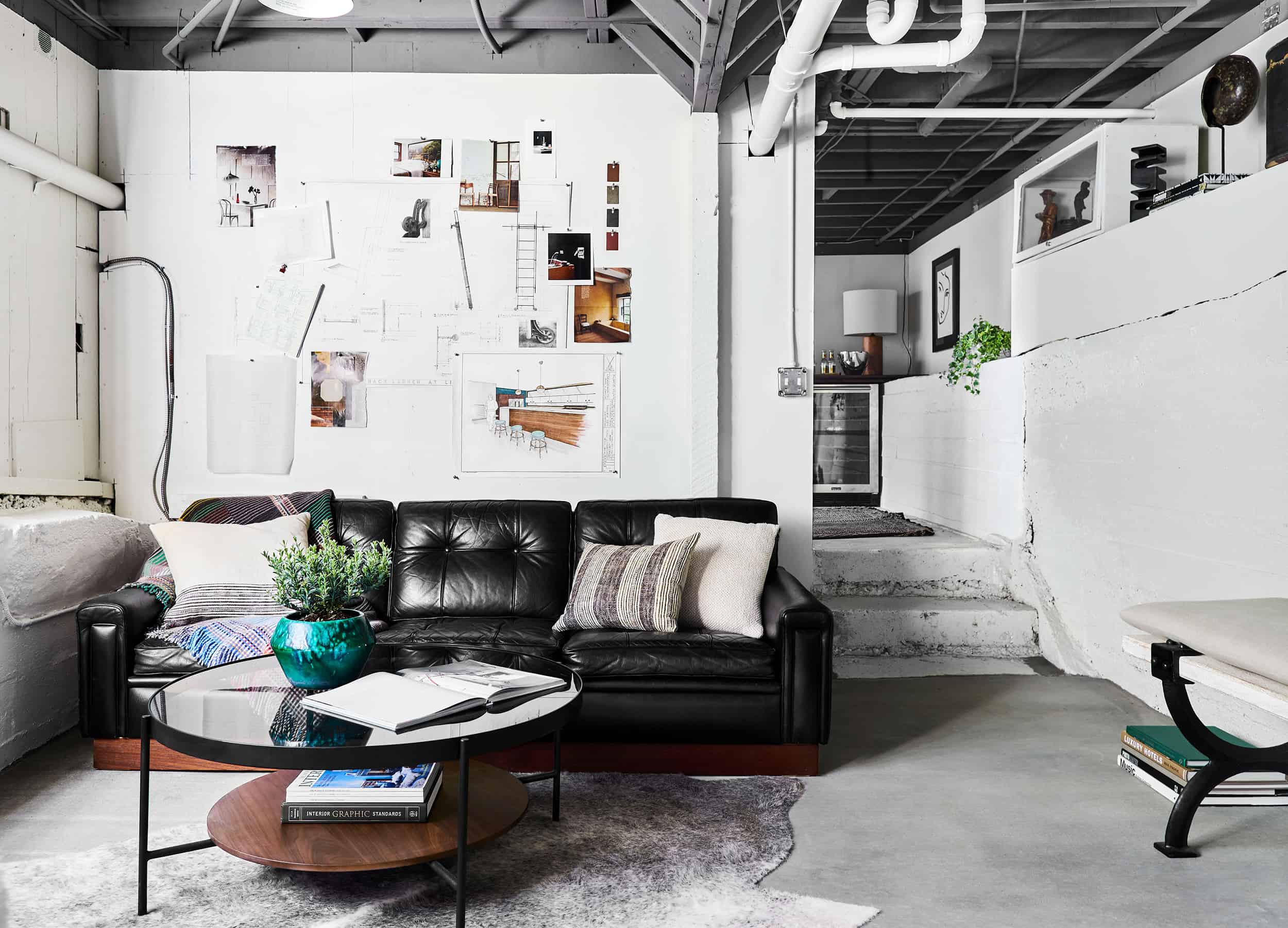
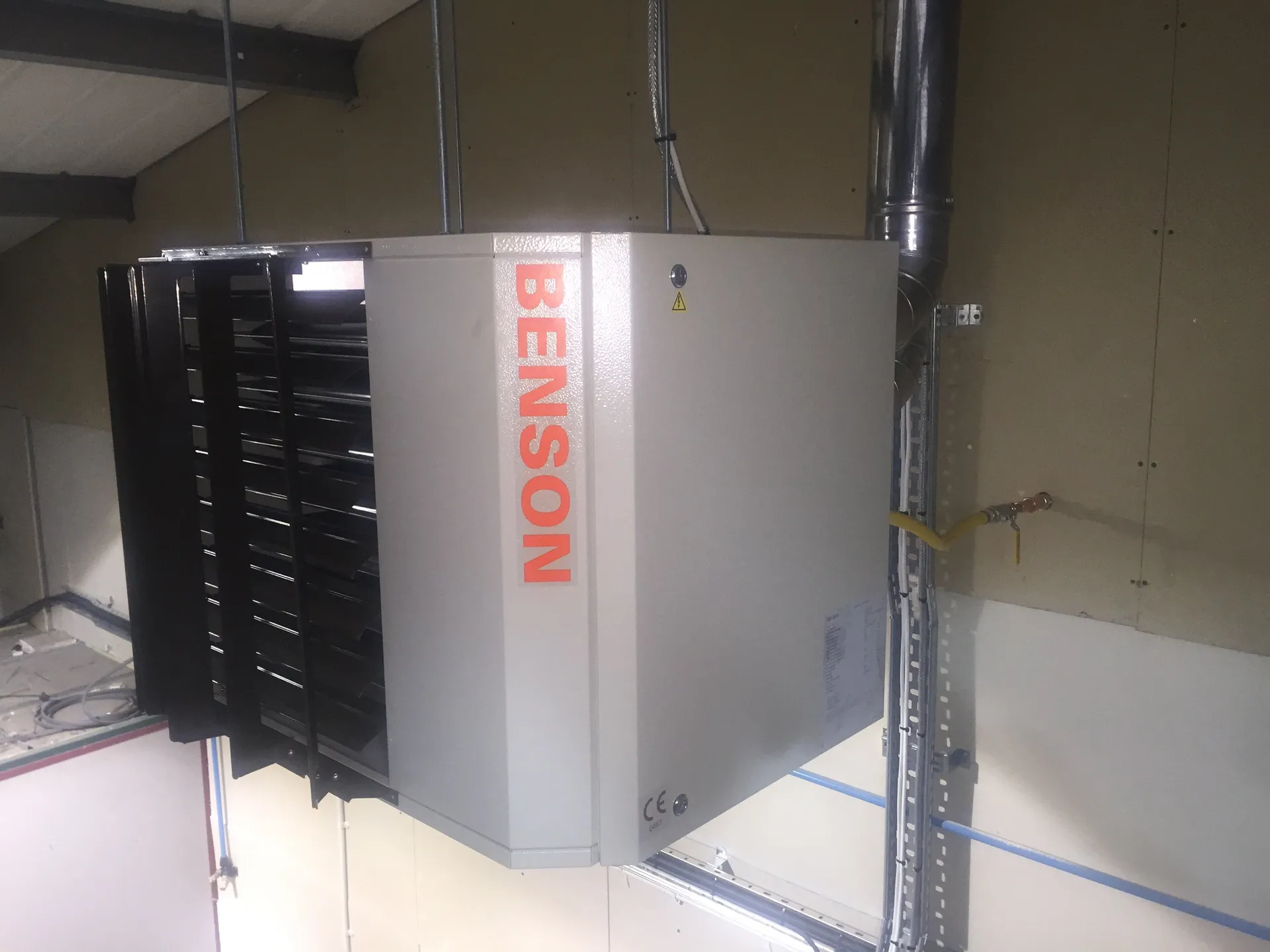
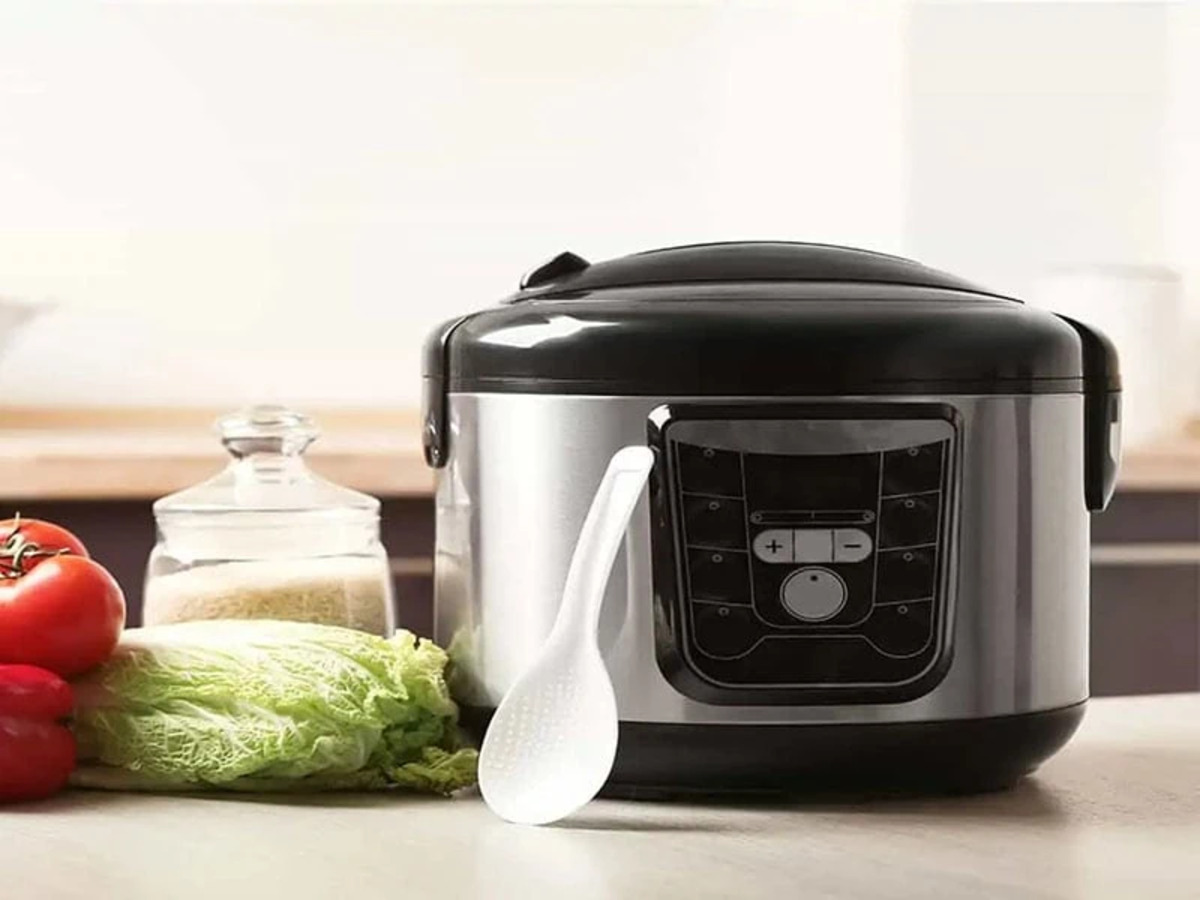
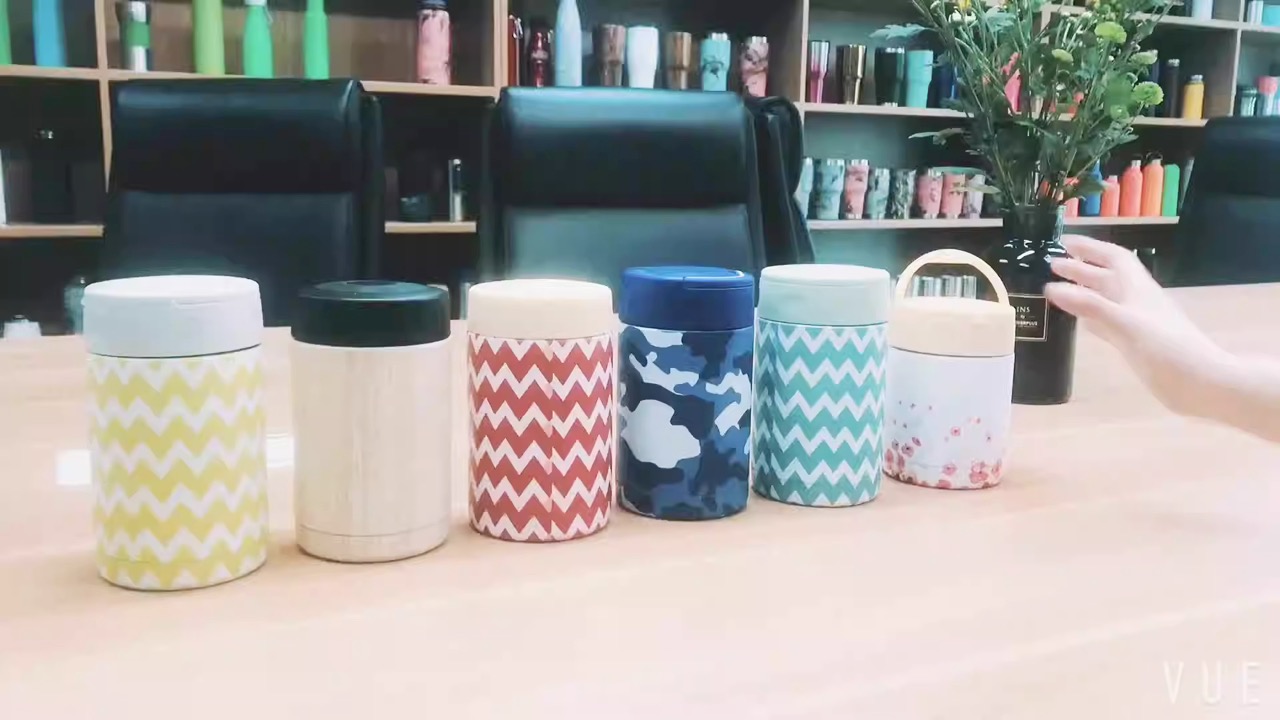
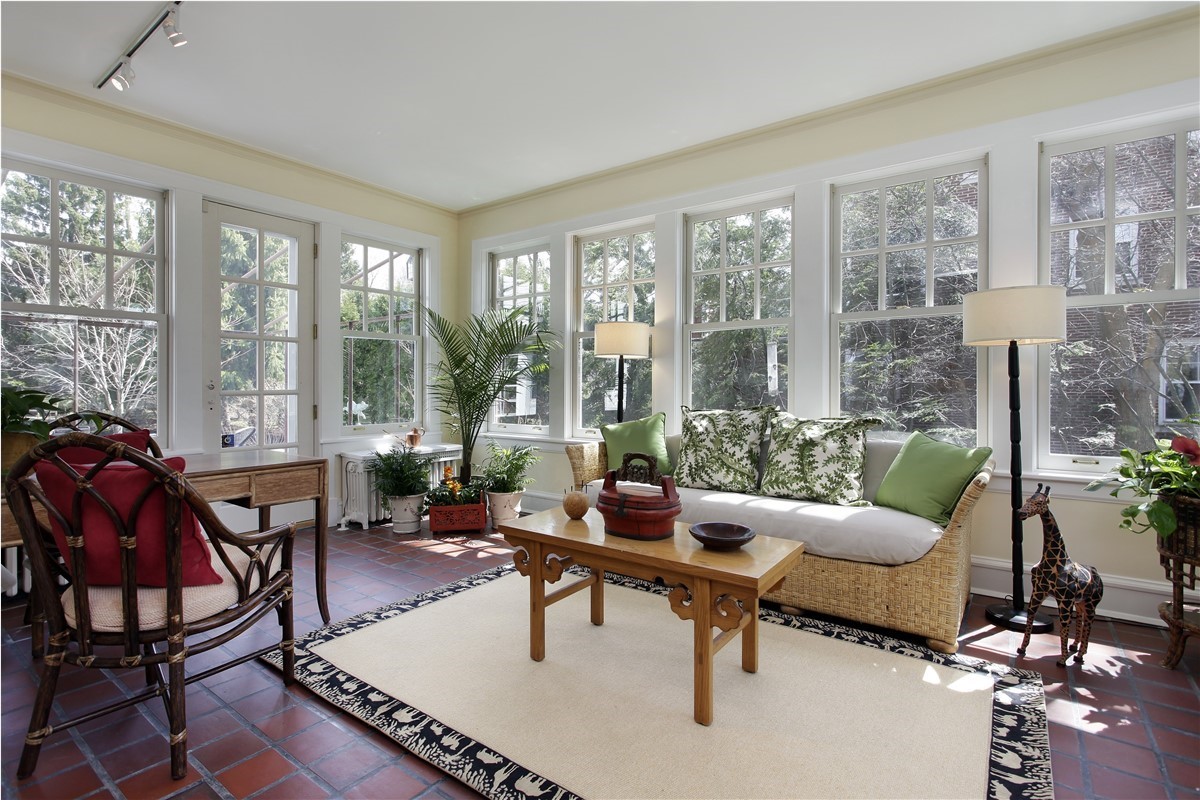
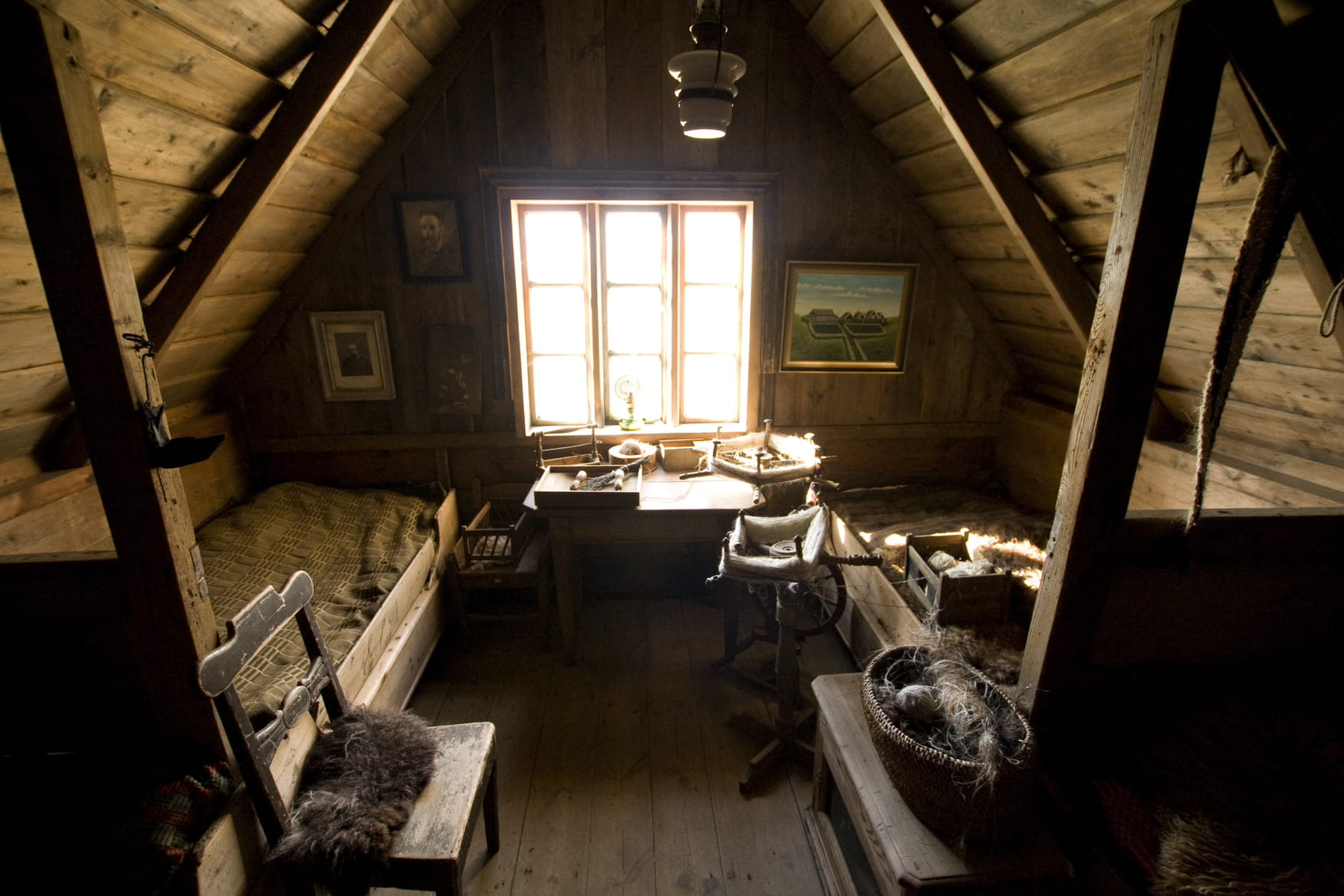
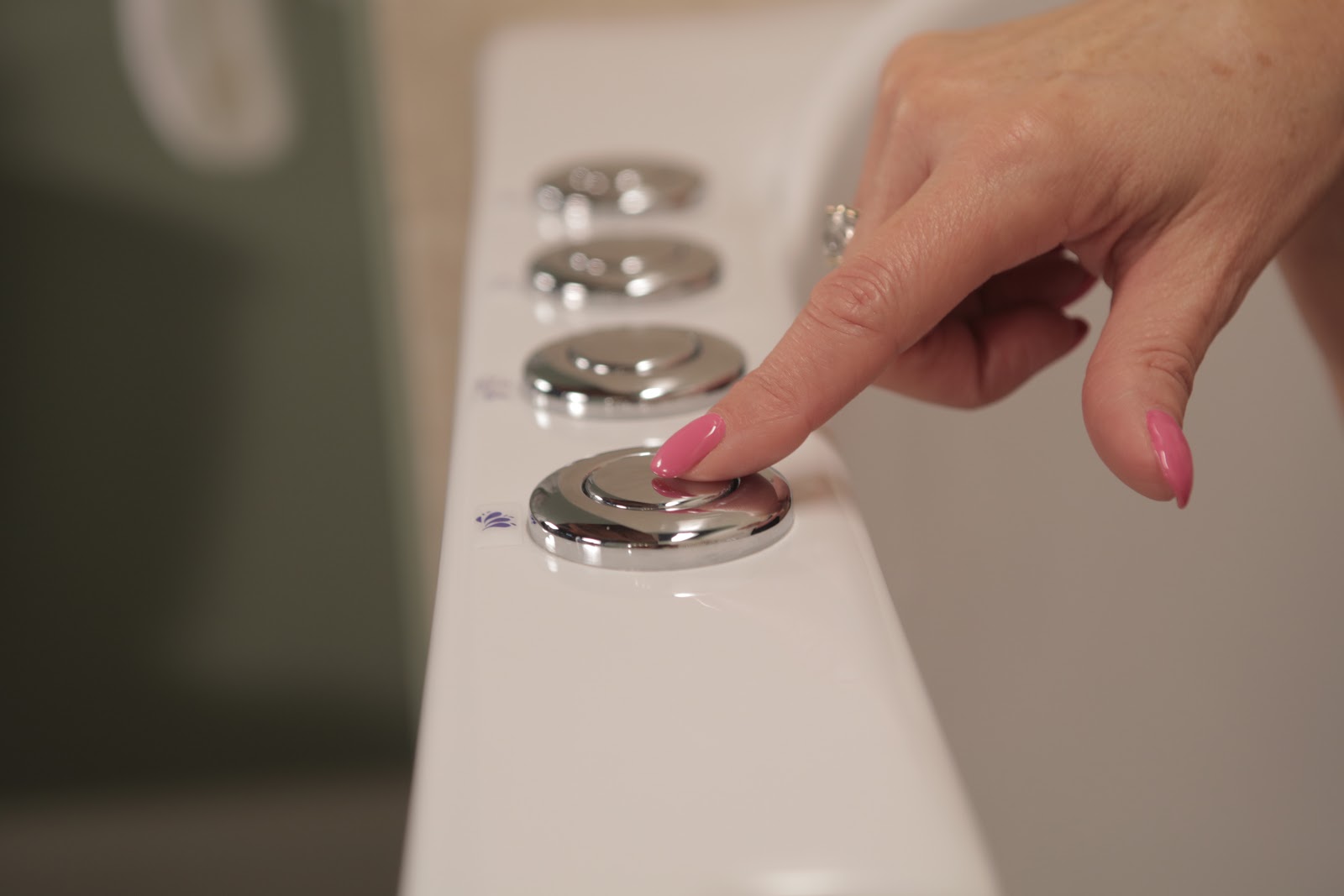
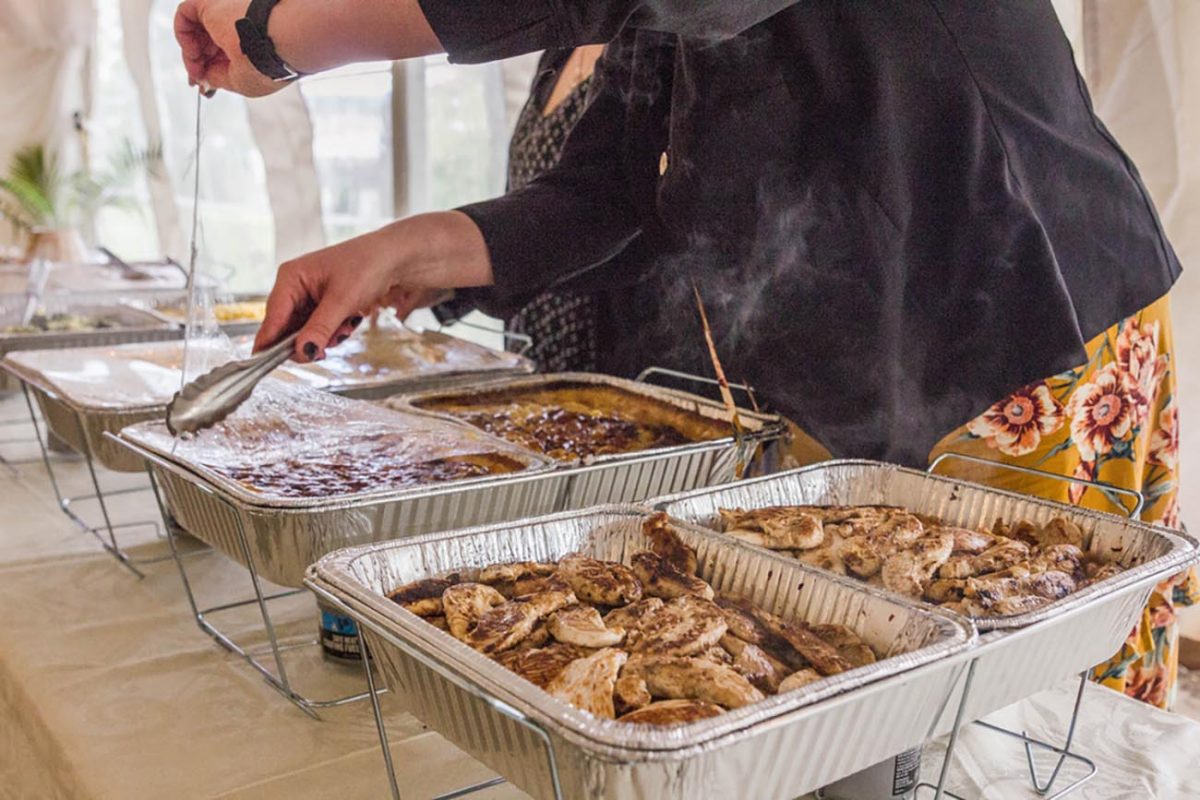
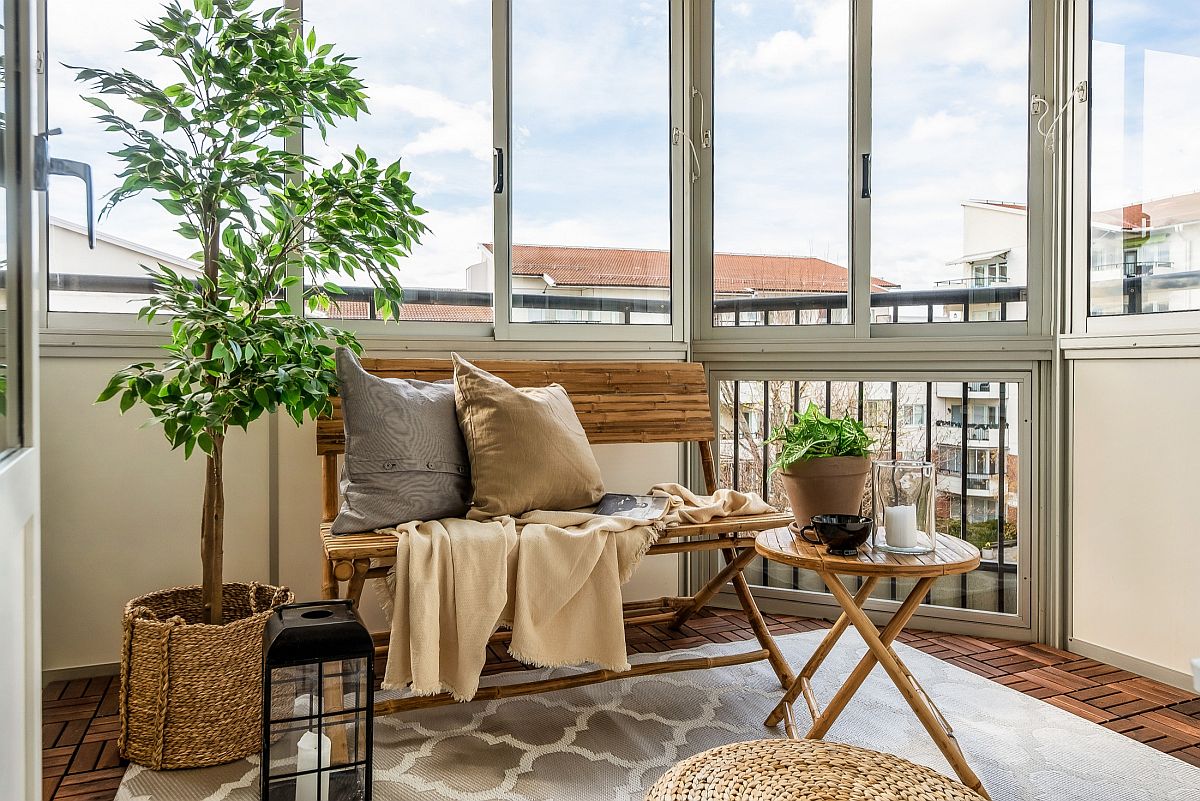

0 thoughts on “How To Keep A Kitchen Warm Without Heating: 11 Expert Tips”